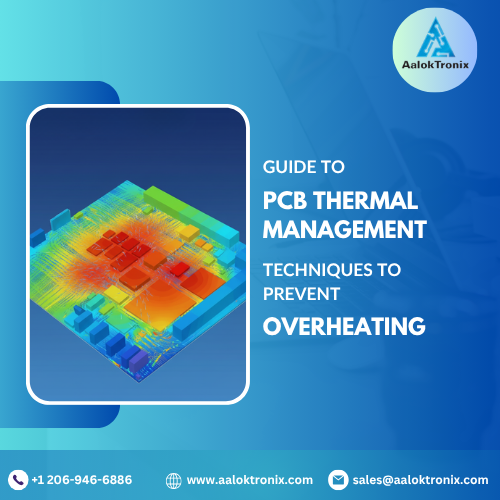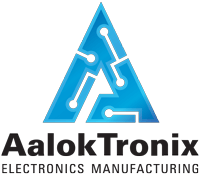In today’s high-density electronic designs, thermal management has become a mission-critical factor in ensuring PCB reliability and performance. As components shrink and power demands increase, overheating is one of the leading causes of system failure. Managing heat efficiently is not just good design practice—it’s essential for device longevity, safety, and compliance.
This guide breaks down practical thermal management strategies to help engineers, designers, and OEMs ensure optimal PCB performance under all operating conditions.

Why PCB Thermal Management Matters
Every electronic component generates heat when it operates. If this heat isn’t dissipated properly, it can:
-
Degrade solder joints and cause cracks.
-
Shift component parameters, impacting functionality.
-
Reduce the overall lifespan of the product.
The goal of effective thermal management is to maintain all components within their specified temperature limits — ensuring reliability and consistent performance.
Key Techniques for PCB Thermal Management
1. Thermal Via Design
Thermal vias act as vertical heat channels that transfer heat from the surface layer to inner or opposite layers.
-
Use multiple small vias under high-power components like MOSFETs or regulators.
-
Copper-filled or plated vias enhance conductivity and reduce heat accumulation.
2. Copper Planes and Heat Sinks
Adding copper pours or planes is one of the most efficient ways to dissipate heat.
-
Increase copper thickness where high current flows.
-
Attach heat sinks or heat spreaders to distribute heat evenly.
3. Thermal Interface Materials (TIMs)
Using thermal pads, grease, or phase-change materials between components and heat sinks improves heat transfer efficiency.
-
Choose TIMs with high thermal conductivity and low thermal resistance.
4. Component Placement Strategy
Place heat-generating components (like processors or power ICs) away from temperature-sensitive ones.
-
Maintain airflow paths by aligning components in the direction of cooling fans or vents.
-
Group heat sources strategically to simplify heat management.
5. Active and Passive Cooling
For high-power applications, active cooling (fans, blowers, or liquid cooling) is necessary.
Meanwhile, passive techniques such as aluminum heat spreaders, vents, and thermal vias work well for moderate heat levels.
6. Use of Thermal Simulation Tools
Before production, run thermal analysis simulations to predict hotspots and optimize heat distribution.
This not only saves rework costs but also improves design accuracy and compliance.
Common Mistakes to Avoid
-
Ignoring early thermal design considerations.
-
Over-relying on fans instead of optimizing PCB layout.
-
Underestimating the role of copper thickness and via count.
Avoiding these mistakes can make the difference between a reliable PCB and one prone to premature failure.
Final Thoughts
In a world where electronics are getting smaller, faster, and more powerful, thermal management is no longer optional—it’s fundamental. The right combination of layout design, material choice, and thermal strategy ensures your PCB runs cooler and lasts longer.
At Aaloktronix, we specialize in designing and assembling thermally optimized PCBs for demanding applications in industrial, medical, and high-performance electronics.
???? Want to prevent overheating in your next PCB project?
Get in touch with Aaloktronix today for expert PCB design and manufacturing solutions that combine performance, reliability, and innovation.
